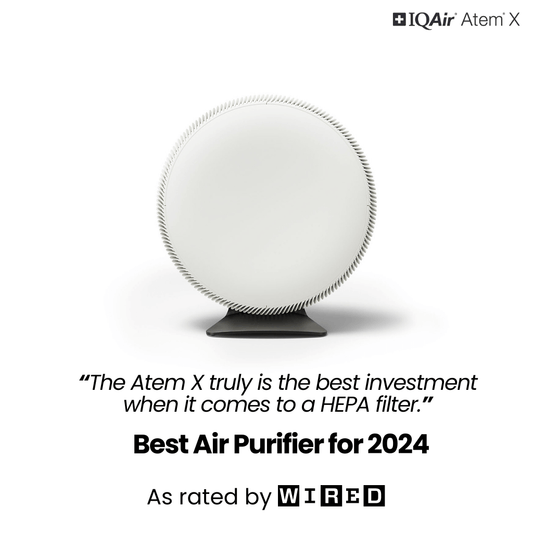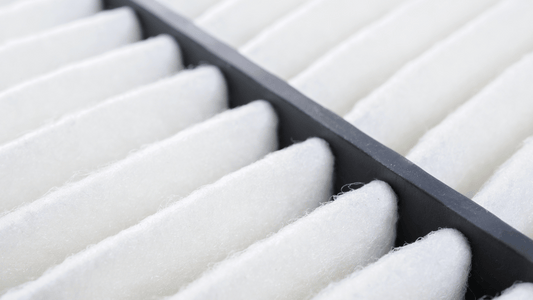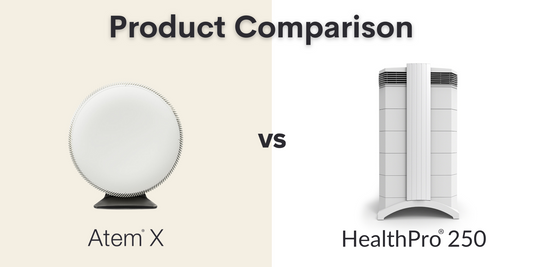OIT air purifiers (OIT stands for octylisothiazolinone - see footnote for a detailed description) have been widely used in South Korea and this had led to major recalls, the reason being that OIT is a chemical that has been widely categorised as unsafe[1]. You might expect an air purifier to improve your health, certainly not to damage it by emitting toxic chemicals; however, recently a local broadcast in South Korea noted that tests by the Environment Ministry showed that emissions of a potentially harmful substance, OIT, had been detected in no less than 51 air purifiers! These are produced by seven companies and 33 vehicle air conditioners produced by six companies. The filters of these products all came from either ‘3M Korea’ (a subsidiary of the American multinational) or ‘CNTUS Sungjin’. Although the Ministry initially issued a public health warning, it later countered that by claiming that the levels of OIT detected may not actually pose a health hazard or contribute air pollution.
Five years previously, the use of domestic humidifiers manufactured by 3M was linked to both lung damage and the death of four pregnant women in South Korea. Further investigation suggested there have been as many as 147 deaths connected to this exposure.
How widespread is the problem of OIT air purifiers?
Tens of thousands of customers in Korea have been exposed, this has led companies to recall the OIT air purifiers and offering to replace them with filters that do not contain OIT for free. It seems that South Korea is the only country where the OIT-containing filters have been supplied, leading for calls for the strengthening of consumer protection there; as there have been other instances where the products of multinational companies have, at least potentially, posed a health hazard to the population.
What health problems can OIT cause?
OIT is a sensitizer and there have been a number of case reports of contact allergy from exposure to OIT. A study from Odense University Hospital looked at OIT patch test results in the Allergen Bank and found that 20 out of 648 patients tested positive. Of these, 90% had been exposed in occupational settings, with most being painters. OIT can be toxic by both skin contact and inhalation. It is chemically related to other isothiazolinones in industrial use, all of which can be sensitizers.
What has 3M done about the problem?
The company apologised – although many critics felt they left it too late – while still insisting that levels of OIT emitted by the filters were not harmful. They have begun a recall of the filters and stopped their manufacture.
Further information
1 Mose AP, Frost S et al (2013). Allergic contact dermatitis from octylisothiazolinone. Contact Dermatitis 69 (1) 49-52
[1] OIT is octylisothiazolinone – a chemical used as a biocide and preservative in a wide range of industrial products, including polishes, paints, cleaners, detergents and metalworking fluids. It has been in use for around 30 years. It is listed as an antimicrobial agent on the European Commission database but is not allowed in cosmetic products in the EU. In the USA and Canada OIT is not even listed as a safe preservative.




